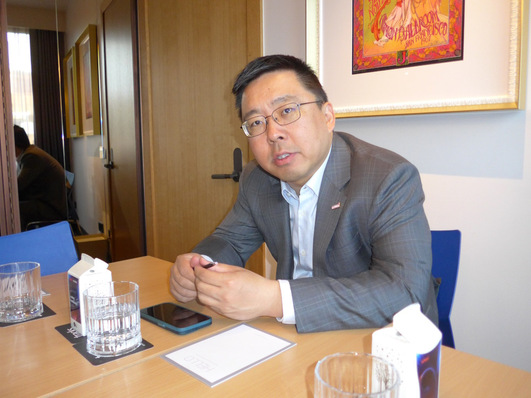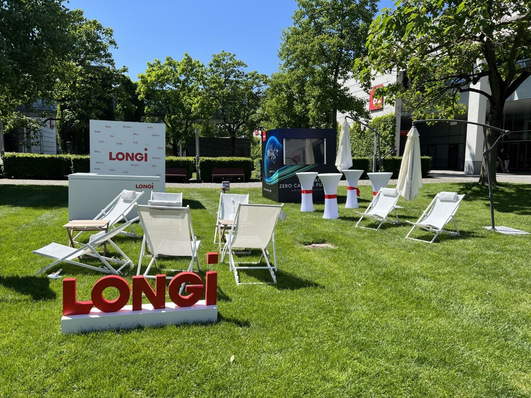According to Scheper, wafer production is on the rise. "In February 2025, we saw a slight increase, particularly among larger vertically integrated manufacturers. This is a direct result of slowly growing demand and decreasing inventories of solar cells," he explains. "Prices for Topcon-183 solar cells, among others, remain stable, but the number of low-price deals is decreasing. Combined with several other factors, this suggests a potential increase in solar panel production in the near future. I expect this upward trend to continue into March.“
Get our monthly free newsletter PV for investors
Polysilicon prices and market stability
The polysilicon sector is also showing interesting developments. "We are seeing a slight increase in polysilicon transactions, and prices are stabilizing. The current prices for N-type polysilicon range between 42 and 43 yuan per kilogram. Large companies are sticking to their pricing strategies, and demand is expected to remain stable as a result. This could lead to an improvement in solar panel production planning," says Scheper.
PV Index: Market sees signs of stabilisation as prices rebound in January 2025
Impact of the Chinese New Year holiday on the market
Polysilicon trading has picked up following the Chinese New Year holiday. "We have observed that both large and small companies have become more active in the market," says Scheper. "Prices for mixed-grade materials from top companies are approaching 42 yuan per kilogram, while N-type dense small materials have risen to 43 yuan per kilogram. This indicates that the market is recovering, and demand for solar energy components is increasing again. From my perspective, this is a good sign.“
Declining lithium iron phosphate prices and its effects on the battery market
Not only is the solar energy market changing, but the battery industry is also facing new challenges. "The prices of lithium iron phosphate (LFP) have dropped by 200 yuan per ton in February, mainly due to an 850 yuan per ton decrease in lithium carbonate prices," explains Scheper. "Although processing costs remain stable, long-term agreements between material producers and battery manufacturers are keeping prices low. However, this is squeezing the profit margins of producers, which could become a problem in the long run.“
Expert analysis: “Battery storage needs to be as lucrative to make as it is to use”
New stricter Tier 1 criteria driving market consolidation
The Tier 1 certification from BloombergNEF (BNEF) is becoming increasingly difficult to achieve. "People in our industry know that Bloomberg has tightened the requirements since January 2024: manufacturers now have to supply at least six projects of 5 MW, each financed by six different banks. Last November, the requirements for energy storage projects were also raised from 1 MW to 10 MW," says Scheper. "We expect Bloomberg to raise the bar again in the coming months. This will cause a second reduction in the Tier 1 list, shrinking supply and potentially driving up prices for this elite group of panel manufacturers.“
For a free WoS Market Outlook Report on solar and battery storage, register here
Further reduction of export tax benefits expected in China
China has reduced export tax benefits for various sectors, including photovoltaic products, as of December 1, 2024. "I reported last year that, among others, the tax rebate for solar energy products would be lowered to 9%. Now, I have reason to believe that this percentage will soon be eliminated entirely," explains Scheper. "If this happens, it will very likely lead to higher export prices, as Chinese manufacturers will pass these costs on to buyers worldwide. This will therefore impact the pricing of solar panels and batteries in Europe.“
Expert analysis: Key challenges and opportunities for the European renewable energy market
Conclusion: what does this mean for the European market?
According to Scheper, it is crucial for European companies to prepare for further market consolidation and price changes. "What we are seeing supports the positive sentiment prevailing in the market and is actually being reflected in a small increase in demand for solar panels. At the same time, higher export costs and stricter Tier 1 criteria may push the market towards further professionalization." The coming months will be crucial in determining which direction these developments will take. Will the market stabilize, or are new price increases on the horizon? That will depend on policy decisions in China and global demand for renewable energy. (hcn)








